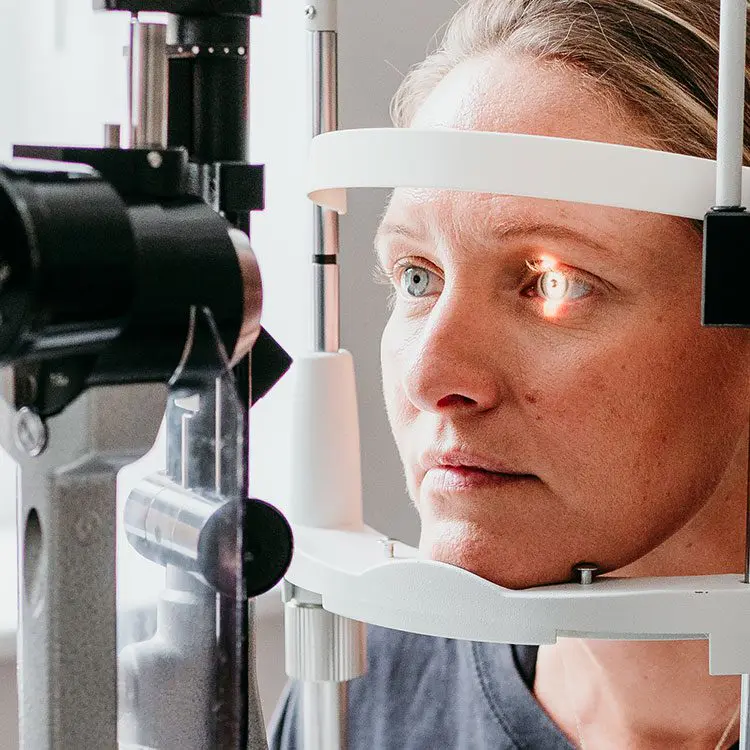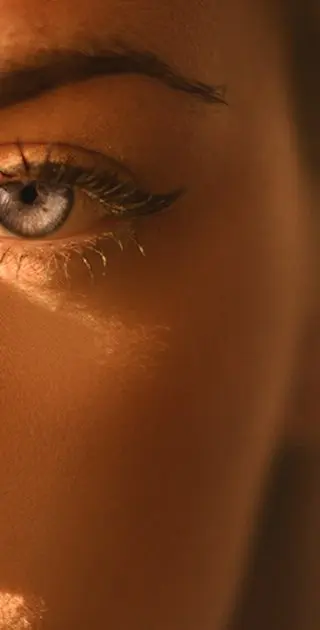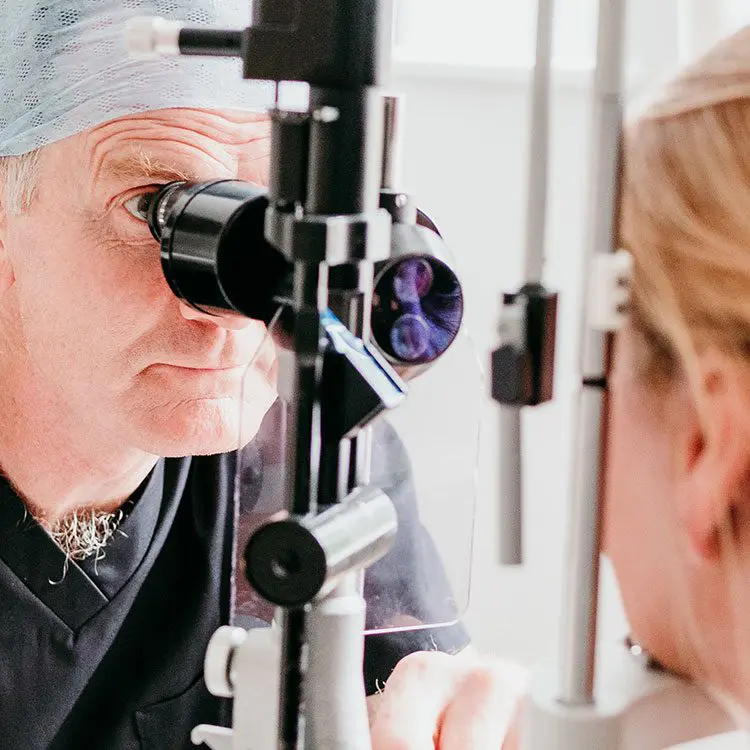




Refractive surprise describes a result from cataract or refractive lens exchange surgery in which the intended visual outcome is unmet. This may result in anisometropia (a significant difference in prescription between the two eyes) or dominance switch (in which the dominant eye has weaker distance vision than its non-dominant counterpart). Thankfully, refractive surprise can be safely corrected to produce the intended postoperative refractive target.

What are the Symptoms?
What are the Causes?
The final visual outcome when implanting a synthetic lens into the biological system of the eye can be unpredictable. However, other factors can influence the end result, including: previous refractive surgery (LASIK, LASEK and RK – radial keratotomy), corneal conditions including Keratoconus, dense lens opacity (cataract) – reducing the quality of axial length measurements prior to surgery, the wearing of contact lenses in the days before pre-op measurements are taken, retained viscoelastic in the capsular bag – causing a short-sighted shift to the prescription.



What is the Diagnosis?
The best way to manage refractive surprise is to prevent it. Our team of Optometrists take a series of measurements prior to lens surgery, including: corneal topography, biometry and OCT to ensure that the correct lens is selected. If refractive surprise develops, spectacles or contact lenses are the least invasive option. Where this is not possible, or the result is not met, LASIK or LASEK may be suitable.
Alternatively, a piggyback lens can be placed alongside the existing lens to correct the vision.


Our Technology
We invest in the latest equipment hand chosen by our surgeons, so that we can deliver outstanding results with the safest surgery possible.